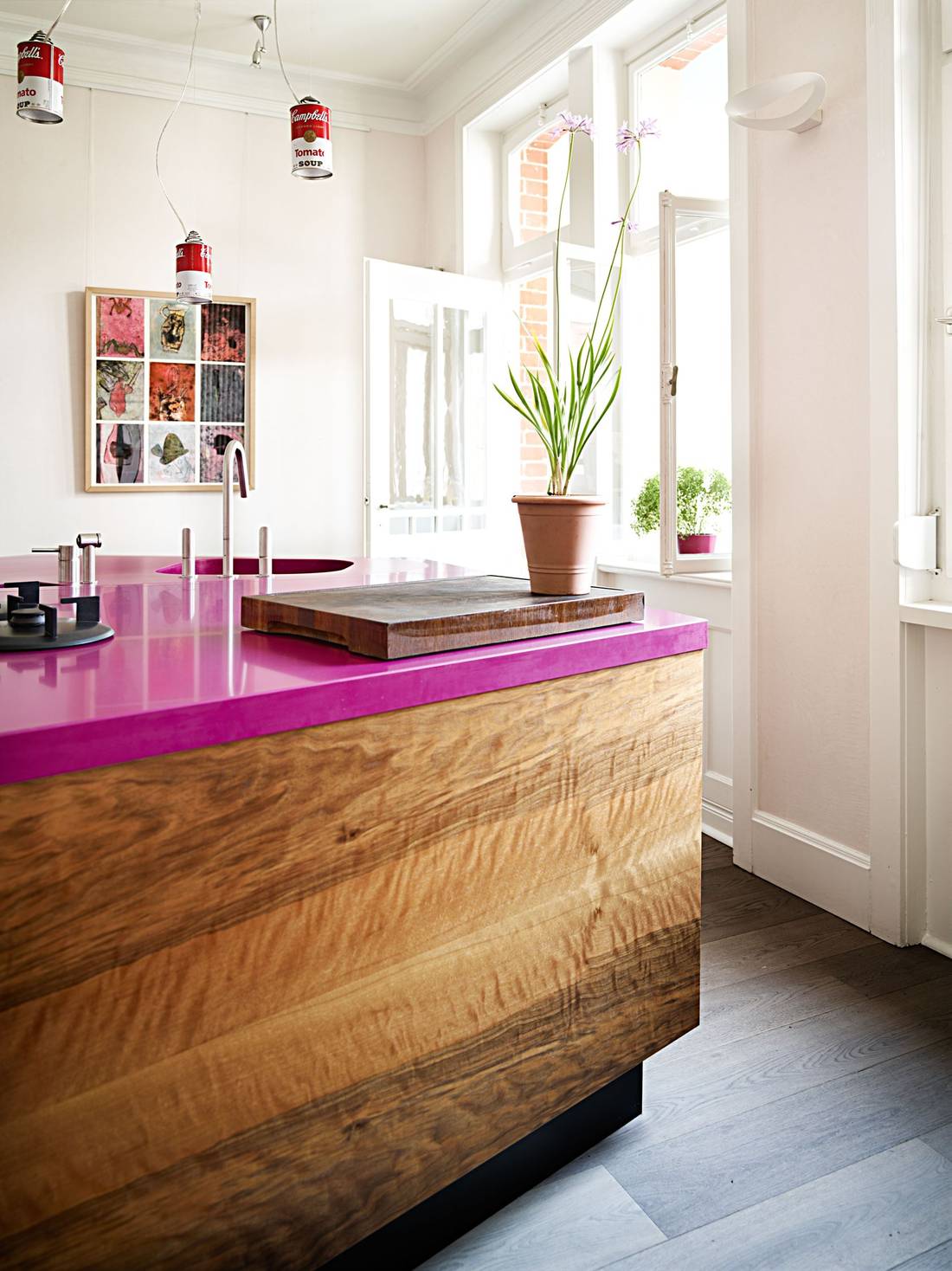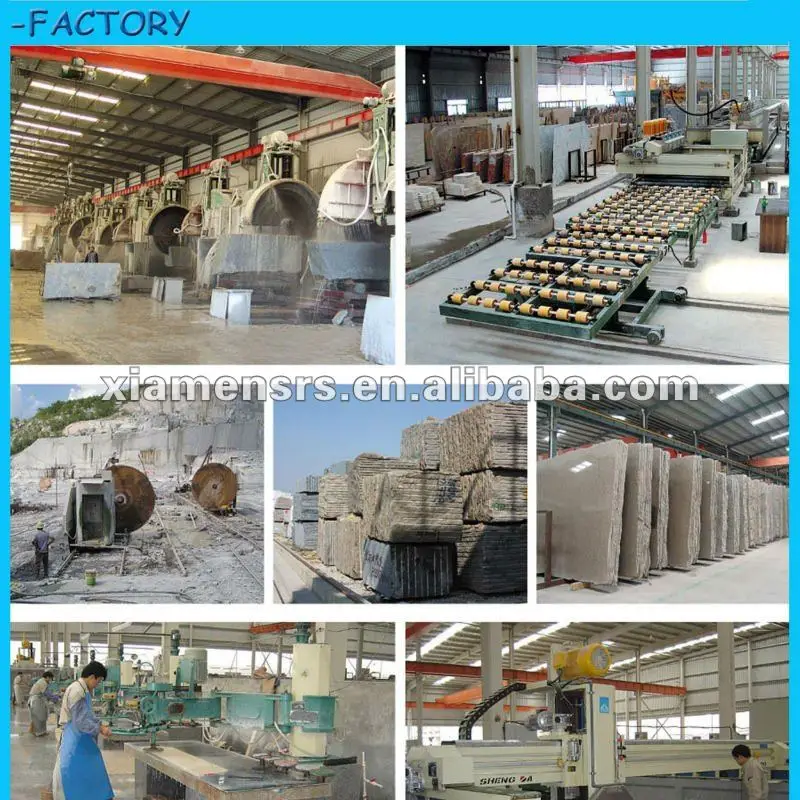

The tradition continued to produce objects that were very highly valued until the mid-19th century, when it largely fell from fashion except in jewelry. While jade has been since earliest times the most prized semi-precious stone for carving in East Asia and Pre-Columbian America, in Europe and the Middle East the different varieties of quartz were the most commonly used for the various types of jewelry and hardstone carving, including engraved gems and cameo gems, rock crystal vases, and extravagant vessels. Quartz was also used in Prehistoric Ireland, as well as many other countries, for stone tools both vein quartz and rock crystal were knapped as part of the lithic technology of the prehistoric peoples. The Irish word for quartz is grianchloch, which means 'sunstone'. It is found regularly in passage tomb cemeteries in Europe in a burial context, such as Newgrange or Carrowmore in Ireland. Quartz is the most common material identified as the mystical substance maban in Australian Aboriginal mythology. Other sources attribute the word's origin to the Saxon word Querkluftertz, meaning cross-vein ore. The word "quartz" comes from the German Quarz i, which is of Slavic origin (Czech miners called it křemen). Quartz is the mineral defining the value of 7 on the Mohs scale of hardness, a qualitative scratch method for determining the hardness of a material to abrasion. Since antiquity, varieties of quartz have been the most commonly used minerals in the making of jewelry and hardstone carvings, especially in Eurasia. There are many different varieties of quartz, several of which are classified as gemstones. Since the transformation is accompanied by a significant change in volume, it can easily induce microfracturing of ceramics or rocks passing through this temperature threshold. The transformation from α-quartz to β-quartz takes place abruptly at 573 ☌ (846 K 1,063 ☏). Quartz exists in two forms, the normal α-quartz and the high-temperature β-quartz, both of which are chiral. Quartz is the second most abundant mineral in Earth's continental crust, behind feldspar. The atoms are linked in a continuous framework of SiO 4 silicon–oxygen tetrahedra, with each oxygen being shared between two tetrahedra, giving an overall chemical formula of SiO 2.

Quartz is a hard, crystalline mineral composed of silica ( silicon dioxide). Lattice: hexagonal, piezoelectric, may be triboluminescent, chiral (hence optically active if not racemic) Insoluble at STP 1 ppm mass at 400 ☌ and 500 lb/in 2 to 2600 ppm mass at 500 ☌ and 1500 lb/in 2

181) Ĭolorless through various colors (pink, orange, purple, dark brown) to blackĦ-sided prism ending in 6-sided pyramid (typical), drusy, fine-grained to microcrystalline, massiveĬommon Dauphine law, Brazil law, and Japan lawħ – lower in impure varieties (defining mineral)Ģ.65 variable 2.59–2.63 in impure varietiesġ670 ☌ (β tridymite) 1713 ☌ (β cristobalite) Its lustrous appearance is highlighted by glamorous encounters of light and shadows between its semi-transparent layers, occasionally infused with powder-peach mineral accents to warm up this transcendent design.Β-quartz: trapezohedral (class 6 2 2) ✨ Brillianza is a dynamic sequence of frosty white veins overlay Brillianza’s intriguing surface, dissolving into a cool grey base. ✨ Solenna has a rich milky complexion that evokes warmth, interlaced with prominent veining that crisscrosses the design a mix of light soil and putty grey lines, with occasional amber veins bringing additional authentic depth. This is scattered with fine sedimentary veins in earthy greys with bluish undertones, some dissolving into the cloudy depths of the material. ✨ Dreamy Carrara’s silky white base is given texture by the subtlest whispers of off-white and light grey. The premium and sustainable Caesarstone Mineral™ Time Collection features three new contemporary designs that represent the ancient beauty of how the markings of time are imprinted on stone. The next generation of mineral surfaces is HERE.


 0 kommentar(er)
0 kommentar(er)
